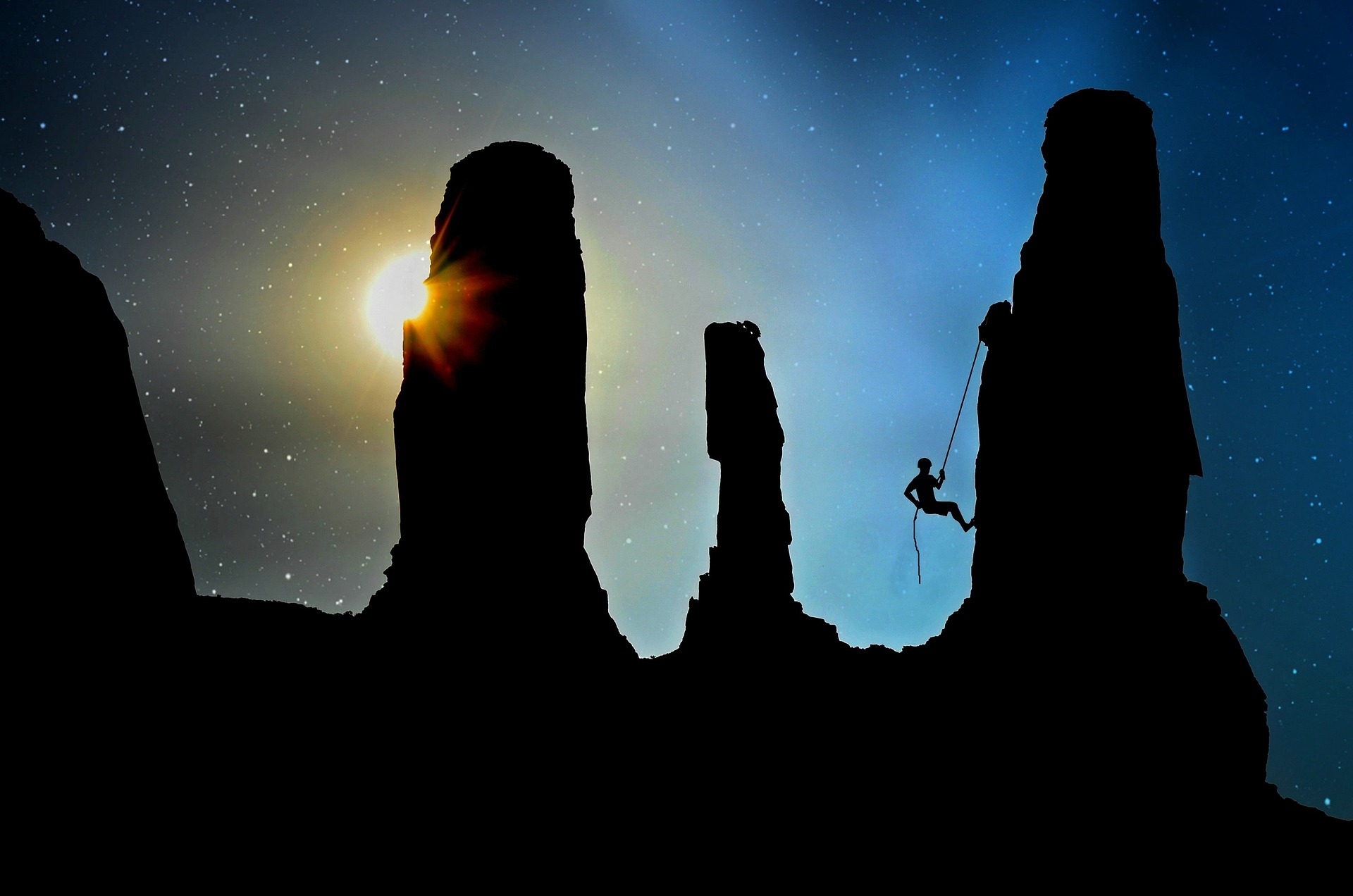Vertical Camping: Scaling New Heights in Adventure Travel
Imagine waking up to a breathtaking sunrise, suspended hundreds of feet above the ground, with nothing but a sheer rock face beneath you. This is the thrilling reality of vertical camping, an emerging trend in adventure travel that's taking outdoor enthusiasts to new heights—literally. As traditional camping evolves, vertical camping offers a unique blend of rock climbing and overnight stays, pushing the boundaries of what's possible in outdoor recreation. This article delves into the world of vertical camping, exploring its origins, techniques, and the unforgettable experiences it offers to those brave enough to sleep on the side of a cliff.
The Gear That Makes It Possible
At the heart of vertical camping is the portaledge, a collapsible aluminum frame covered with a durable fabric platform. Modern portaledges are engineered to withstand extreme conditions, featuring reinforced corners, adjustable suspension straps, and weather-resistant fly sheets. Complementing the portaledge are specialized harnesses, ropes, and anchoring systems that ensure climbers remain safely tethered to the rock face throughout their vertical camping experience.
Preparing for a Vertical Camping Adventure
Vertical camping requires a unique set of skills and preparations. Climbers must be proficient in rock climbing techniques, including lead climbing and anchor setting. Physical fitness is crucial, as hauling camping gear up a rock face adds significant weight and complexity to the climb. Mental preparation is equally important—spending a night suspended hundreds of feet above the ground can be psychologically challenging for even experienced climbers.
The Experience: A Night on the Wall
As the sun sets and darkness envelops the landscape, vertical campers settle into their suspended homes for the night. The experience is unlike any other form of camping. The sensation of sleeping on a narrow platform with nothing but air beneath you is both exhilarating and unnerving. Many vertical campers report a profound sense of connection with nature, feeling the subtle movements of the rock face and the gentle sway of their portaledge in the night breeze.
Popular Destinations for Vertical Camping
While Yosemite National Park remains the spiritual home of vertical camping, the practice has spread to iconic climbing destinations worldwide. The towering limestone cliffs of Thailand’s Railay Beach offer tropical vertical camping experiences, while the granite spires of Patagonia challenge climbers with their remote locations and unpredictable weather. In Europe, the Dolomites in Italy and the fjords of Norway have become hotspots for adventurers seeking to combine world-class climbing with unforgettable overnight stays.
Vertical Camping Insights
• Safety is paramount: Always use certified equipment and climb with experienced partners.
• Weather watching is crucial: Unexpected storms can turn a vertical camping trip dangerous quickly.
• Leave No Trace principles apply: Pack out all waste and minimize impact on the rock face.
• Night temperatures can drop significantly: Pack appropriate insulation and sleeping gear.
• Communication devices are essential: Satellite phones or emergency beacons can be lifesavers.
The Future of Vertical Camping
As adventure travel continues to evolve, vertical camping is poised for growth. Improved gear technology is making the practice safer and more accessible to a wider range of outdoor enthusiasts. Some climbing gyms and outdoor schools now offer vertical camping courses, introducing novices to the skills needed for safe wall sleeping. However, as its popularity increases, so do concerns about impact on natural rock faces and the need for responsible practices.
Vertical camping represents the cutting edge of adventure travel, offering a unique blend of adrenaline, skill, and unparalleled views. For those willing to push their limits and embrace the vertical world, it promises an unforgettable experience that redefines the concept of sleeping under the stars.






